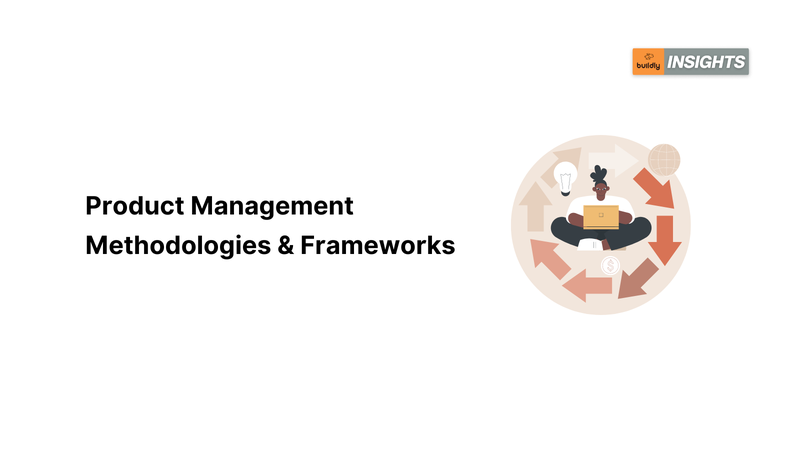Product Management Frameworks

- admin
- Feb. 8, 2023
Frameworks for product management are combinations of techniques and instruments that help product managers in managing various phases of the product life cycle. These resources offer guidance and structure to product development teams so they may efficiently design, test, launch, and evaluate products. The Minimum Viable Product (MVP) framework, Working Backwards framework, North Star framework, Business Model Canvas framework, Job to Be Done framework, Opportunity Solution Tree framework, Weighted Impact Scoring framework, and RICE Prioritization frameworks are a few of the most popular product management frameworks that will be discussed in this article.
A product's fundamental functionality is implemented as a Minimum Viable Product (MVP), which is then improved upon in response to feedback from early users before being launched as a complete version. This technique aids businesses in swiftly and affordably identifying workable concepts.
Working Backwards: The Working Backwards framework is based n how Amazon develops products. Product teams must start with the desired outcome for the client and move backward to determine the feature set needed to accomplish this outcome.
North Star Framework: Intercom, a platform for customer communication, created the North Star Framework. It entails creating a single indicator that can be used to assess how well the organization is doing in terms of achieving its goals and objectives.
A business's value proposition, consumers, channels, income streams, resources, activities, and costs are all represented visually by the Business Model Canvas. This framework aids businesses in determining their primary functions and how to make money off of their services.
Job To Be Done Framework: Clayton Christensen created the Job To Be Done Framework to assist businesses in identifying target customer categories based on the "jobs" that these customers must complete. Product teams may improve their products for clients by better understanding their needs and motivations.
Opportunity Solution Tree: Based on factors including market preparedness and the competitive environment, the Opportunity Solution Tree is a technique used to assess opportunities for new products or services. Product teams can then design products by identifying opportunities where they can gain an advantage.
Weighted Impact Scoring is a method of rating prospective solutions to a particular issue in order to prioritize them according to their significance and cost-effectiveness. This framework helps product teams in determining which opportunities—those with high-impact/low-cost ratios or those with little impact but are reasonably simple to implement—should be pursued first.
Another approach for choosing which projects or product features to develop first in order to maximize return on investment is the RICE (Reach, Impact, Confidence, Effort) prioritization framework. It enables product teams to assess features based on the anticipated impact on the business, the degree of confidence in their ability to be delivered successfully, the resources needed, and the time commitment required for implementation.
In conclusion, there are a variety of product management frameworks available to support product teams in maintaining organization and making better product decisions. Although each framework has its own advantages and disadvantages, they all offer helpful advice for product managers who wish to create products that are successful and satisfy customer expectations.

